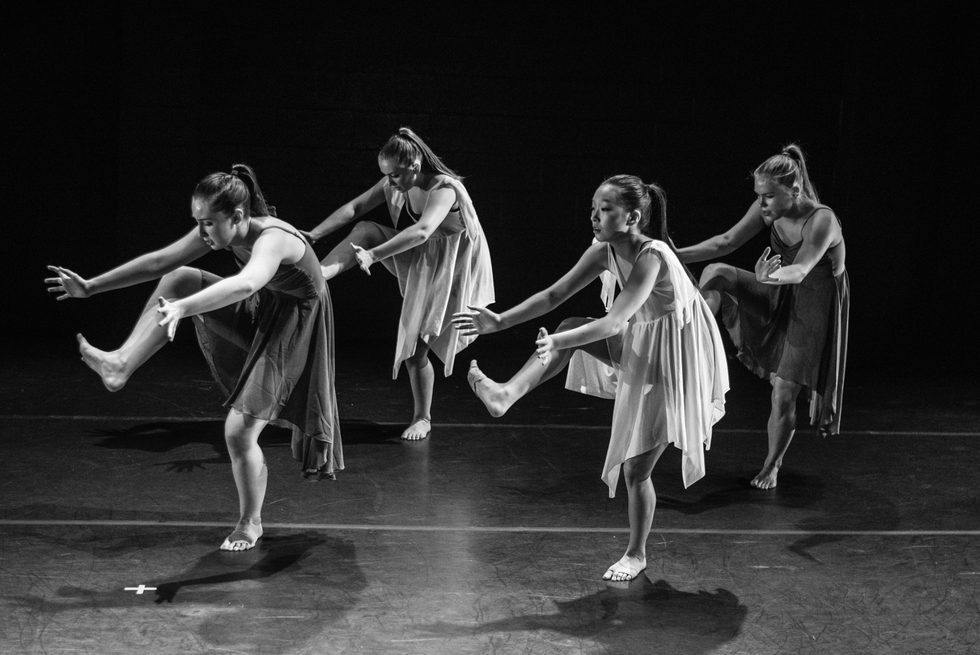
Cultural Anthropology has published a number of research articles about dance, including Sally A. Ness’ “Originality in the Postcolony: Choreographing the Neoethnic Body of Philippine Ballet,” Clare A. Ignatowski’s “Multipartyism and Nostalgia for the Unified Past: Discourses of Democracy in a Dance Association in Cameroon,” Öykü Potuoğlu-Cook's “Beyond the Glitter: Belly Dance and Neoliberal Gentrification in Istanbul,” and Susan A. Reed’s “Performing Respectability: The Beravā, Middle-Class Nationalism, and the Classicization of Kandyan Dance in Sri Lanka.” In each of these articles, dance is used to understand larger aspects of culture and society.
For undergraduate students, however, it is important to start at the beginning. What is the anthropology of dance? How do academics study dance? This Teaching Tools post hopes to give instructors some resources to answer these questions and to give undergraduate students a glimpse of what the anthropology of dance has to offer through engaging activities and interesting texts.
Learning Outcomes
After this lesson, students will:
- have a greater understanding of the diversity of topics discussed within the discipline of anthropology
- have a general understanding of the anthropology of dance and the methods used to study dance anthropologically
- have a general understanding of how dance can be used to look at other topics, such as politics and identity
Audience
Undergraduate students taking courses in anthropology or any closely related field. This post is tailored toward introductory courses or courses focused on broadening students’ knowledge about fields of anthropological inquiry that are not taught at the institution.
Preclass Assignment
- Read “Dance Ethnology and the Anthropology of Dance,” by Adrienne L. Kaeppler, as well as selections from Anya Royce’s The Anthropology of Dance (Indiana, 1977). Further readings on topics such as identity and politics and dance are suggested below.
- Encourage students to think about the significance of dance within our society as well as in other cultures. Students can draw upon the readings (specifically Kaeppler), in particular concepts such as ritual, Western versus non-Western dance, and performance.
Opening Activity
Show one short video clip to the class (see suggestions below). Ask students to get in groups of 3–5 to discuss the clip and relate it back to the assigned readings. Then, divide the board into three columns.
- First column: Write the general themes that the students come up with in their opening discussion.
- Second column: Write any specific ideas the students have about these themes, particularly in connection with the readings.
- Third column: Leave this column empty; it will be used to reflect during the closing activity. The first two columns will remain on the board throughout the session.
Topic Formulation
Invite students to return to their groups and come up with a dance-related research topic. As a group, they will write a (short) research plan that touches on the themes and ideas that have surfaced so far. The plan should address:
- What type of dance would you like to study, and why? Be specific: think hip-hop in New York, or Argentinian tango in Europe.
- How would you study this type of dance? In other words, what methods will you use?
- What do you expect to learn? How will your study open out on larger cultural and societal questions?
Discussion Questions
Invite students to give an overview of their research plans, which can serve as a springboard for broader discussion. Some possible questions include:
- What is the anthropology of dance? Why do people study dance?
- What can the anthropology of dance teach us about society? Give some concrete examples from the assigned reading.
- Adrienne Kaeppler’s article discusses the roots of dance studies and the traditions that influenced the field. What were some of the most important (e.g., the comparative method)?
- Kaeppler also discusses two types of dance analysis, ethnotheory and meaning. What are the differences between the two, and why are these differences important?
Closing Activity
Revisit the themes and ideas that were written on the board during the opening activity. Use the third column to record further thoughts or changing perspectives.
Additional Resources
Articles
Giurchesu, Anca, and Lisbet Torp. 1991. “Theory and Methods in Dance Research: A European Approach to the Holistic Study of Dance.” Yearbook for Traditional Music 23: 1–10.
Leseth, Anne. 2003. “Michezo: Dance, Sport and Politics in Dar-es-Salaam, Tanzania.” In Sport, Dance, and Embodied Identities, edited by Noel Dyck and Eduardo P. Archetti, 231–47. Oxford: Berg.
Wieschiolek, Heike. 2003. “‘Ladies, Just Follow His Lead!’ Salsa, Gender, and Identity.” In Sport, Dance, and Embodied Identities, edited by Noel Dyck and Eduardo P. Archetti, 115–37. Oxford: Berg.
Books
Kringelbach, Hélène Neveu, and Jonathan Skinner. 2012. Dancing Cultures: Globalization, Tourism, and Identity in the Anthropology of Dance. New York: Berghahn.
Wulff, Helena. 1998. Ballet across Borders: Career and Culture in the World of Dancers. Oxford: Berg.